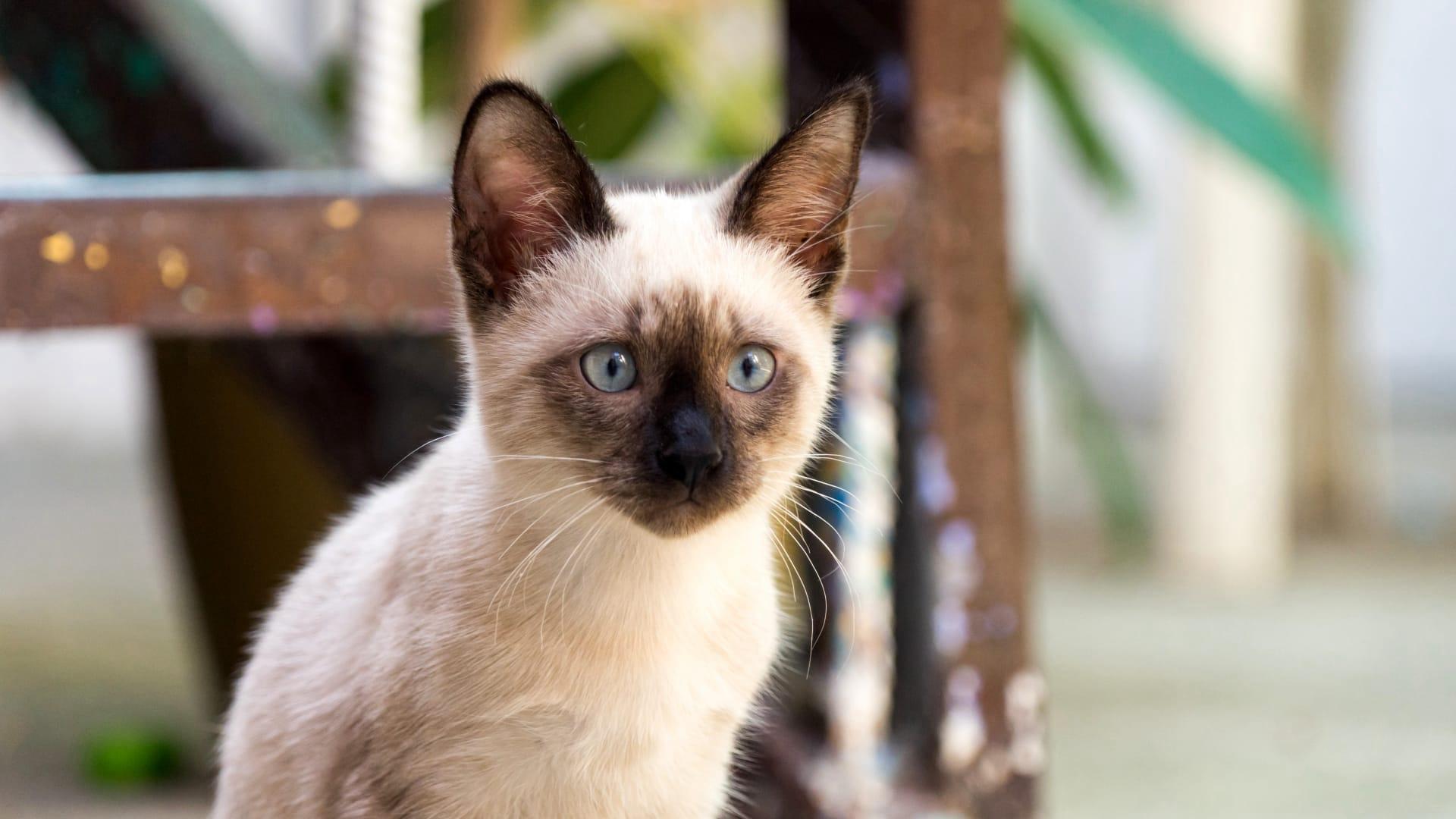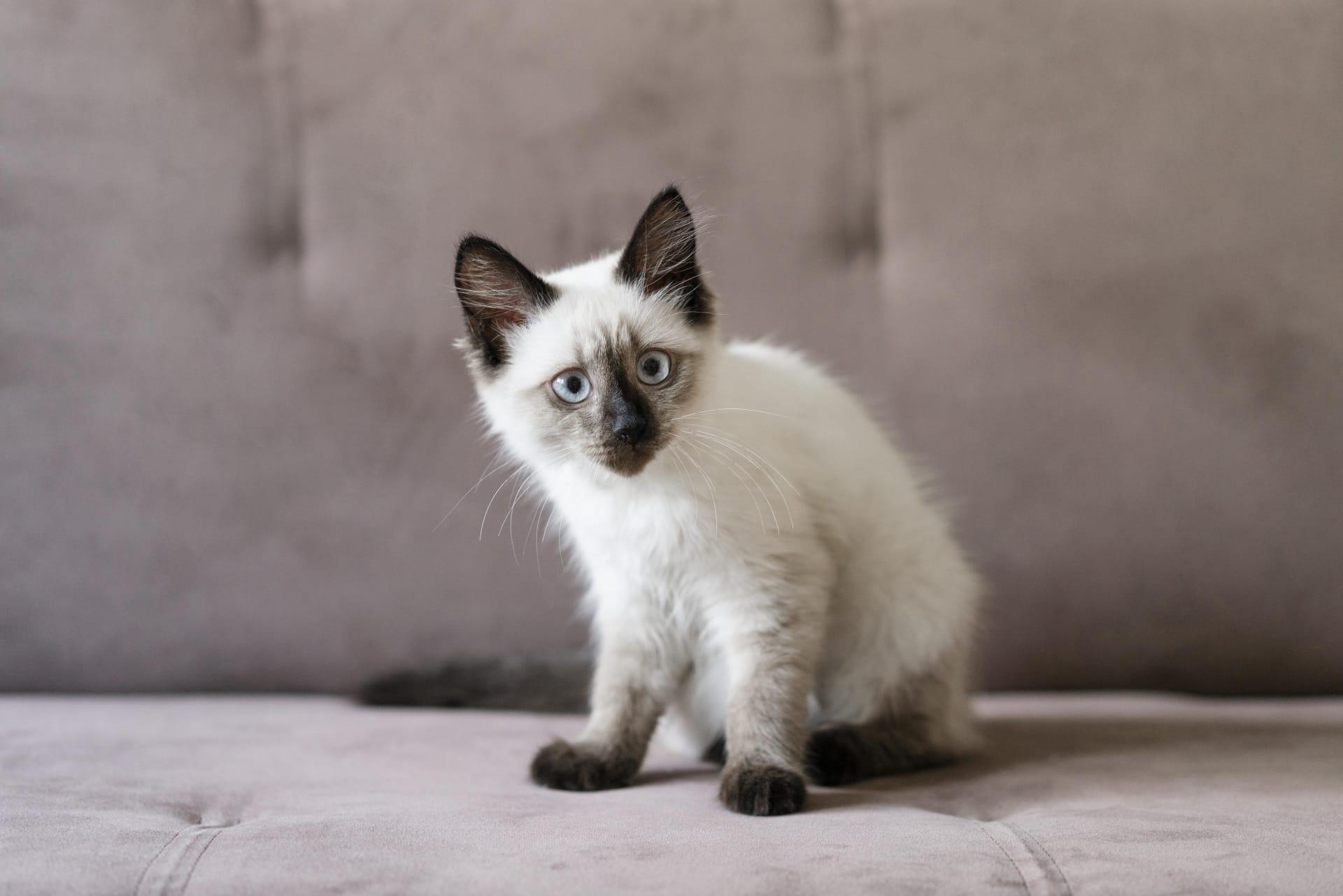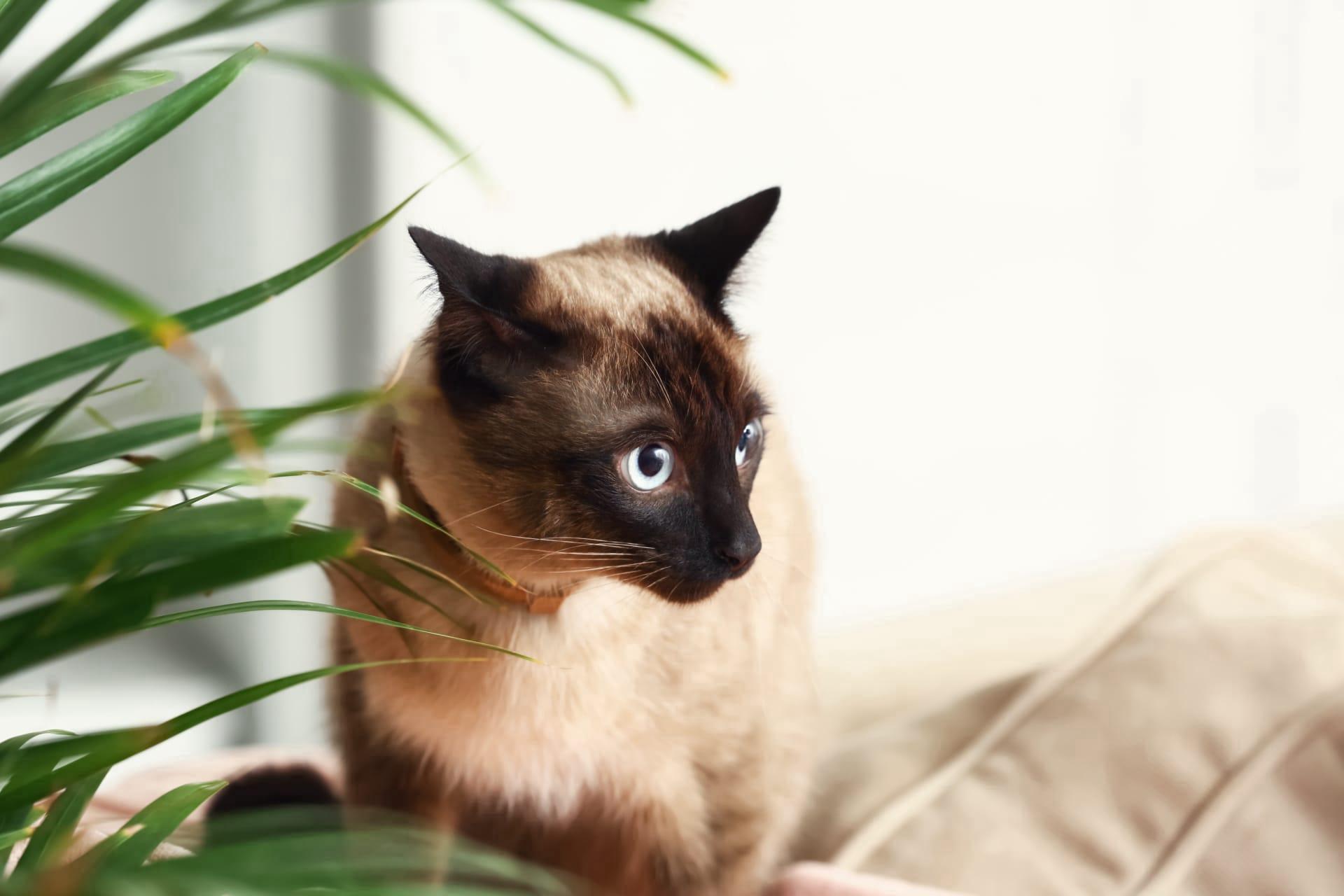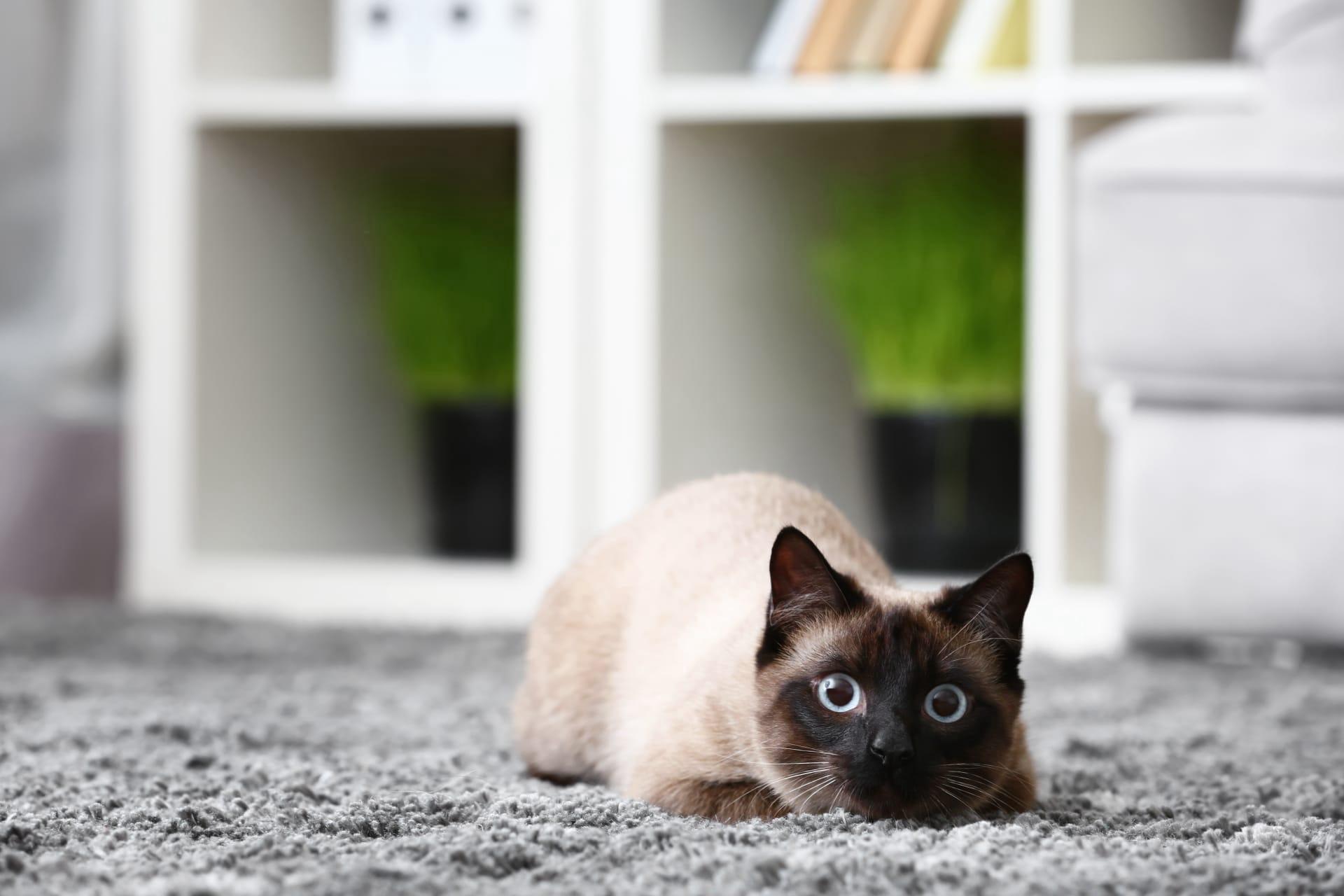Thai Cat
- Home /
- Mini Encyclopedia /
- Animal /
- Thai Cat
1
The Thai Cat, scientifically classified under the domestic cat species Felis catus, stands out for its distinctive point coloration, similar to that of the Siamese breed, but with a more moderate body type. This breed, known for its striking blue almond-shaped eyes, a sleek body, and a fine, glossy coat, has become a symbol of elegance and grace in the feline world. Originating from Thailand, this breed is often associated with ancient royal cat breeds, suggesting a prestigious lineage.
The distribution of the Thai Cat spans globally due to its popularity among cat enthusiasts. Initially confined to its native Thailand, where it was highly revered and considered a lucky charm, the breed has since been introduced to various countries across the world. Through selective breeding programs and increasing interest among cat lovers, the Thai Cat has found homes in the United States, Europe, and Asia. Its adaptability to different climates and environments, coupled with its friendly and social demeanor, has facilitated its spread, making it a beloved pet in households worldwide.

2
Question: Is the Thai Cat just another name for the modern Siamese cat?
Answer: This is a common misconception. While the Thai Cat shares similarities with the modern Siamese, including the pointed coloration and sociable nature, it is genetically and physically distinct. The Thai Cat is characterized by a more moderate body type, with a rounder head and a sturdier build, contrasting with the sleek and slender frame of the modern Siamese. Additionally, the Thai Cat's coat is shorter and its eye shape slightly more rounded, emphasizing its unique breed standards. This differentiation is crucial for breeders and enthusiasts, who value the Thai Cat for its historical lineage and breed-specific traits.

3
The Thai Cat's relationship with humans is marked by a deep bond and mutual affection. Known for their sociable and affectionate nature, these cats often seek out human company, making them excellent companions. They are particularly noted for their vocal behavior, engaging in conversations with their owners with a wide range of tones. This interactive nature has made them a favorite among families and individuals alike, offering companionship and entertainment.
Historically, Thai Cats were considered guardians of temples and were believed to bring good luck, a tradition that reflects their revered status in Thai culture. Today, they continue to be valued for their personality and beauty, often participating in cat shows and breeding programs. Their ability to form strong attachments with humans has not only made them popular pets but also therapy animals, providing comfort and support to those in need.

4
The origin of the Thai Cat can be traced back to ancient Thailand (formerly Siam), where it was depicted in manuscripts such as the Tamra Maew or 'The Cat-Book Poems' dated back to the Ayutthaya Kingdom (14th to 18th centuries). These cats were highly valued by Thai royalty and nobility, often given as precious gifts. They were believed to bring good fortune and protect against evil spirits, illustrating their integral role in Thai folklore and society.
Over centuries, the Thai Cat has undergone evolutionary changes, primarily due to natural selection and later, through selective breeding. While maintaining the core characteristics that define the breed, such as their pointed coloration and sociable nature, breeders have worked to preserve the traditional appearance and health of the Thai Cat. This includes a moderate body size, robust health, and the breed's distinctive personality traits. These efforts have helped distinguish the Thai Cat from other related breeds, ensuring its unique lineage and characteristics are preserved for future generations.

5
Film: "The Legend of the Thai Cat," produced in the United Kingdom in 2015, is a documentary that explores the history, cultural significance, and unique characteristics of Thai Cats. Through interviews with breeders, historians, and cat enthusiasts, the film delves into the breed's origins in Thailand, its symbolic significance in Thai culture, and its journey to becoming a beloved pet worldwide.
Book: "Royal Cats of Siam," authored by David Martyn in the United States in 2018, offers an in-depth look into the history and development of Thai Cats. Martyn's work examines the breed's significance in Thai royalty, its characteristics, and its impact on cat breeding and culture globally. With detailed research and captivating narratives, this book is a comprehensive guide for anyone interested in the legacy of Thai Cats.
Book: "The Thai Cat: Beauty and Tradition," written by Laura Cunningham in Australia in 2020, provides a contemporary perspective on the care, breeding, and cultural importance of Thai Cats. Cunningham combines practical advice for cat owners with a rich exploration of the breed's history and its role in modern society. This book is an essential resource for cat lovers looking to understand and appreciate the unique qualities of the Thai Cat.